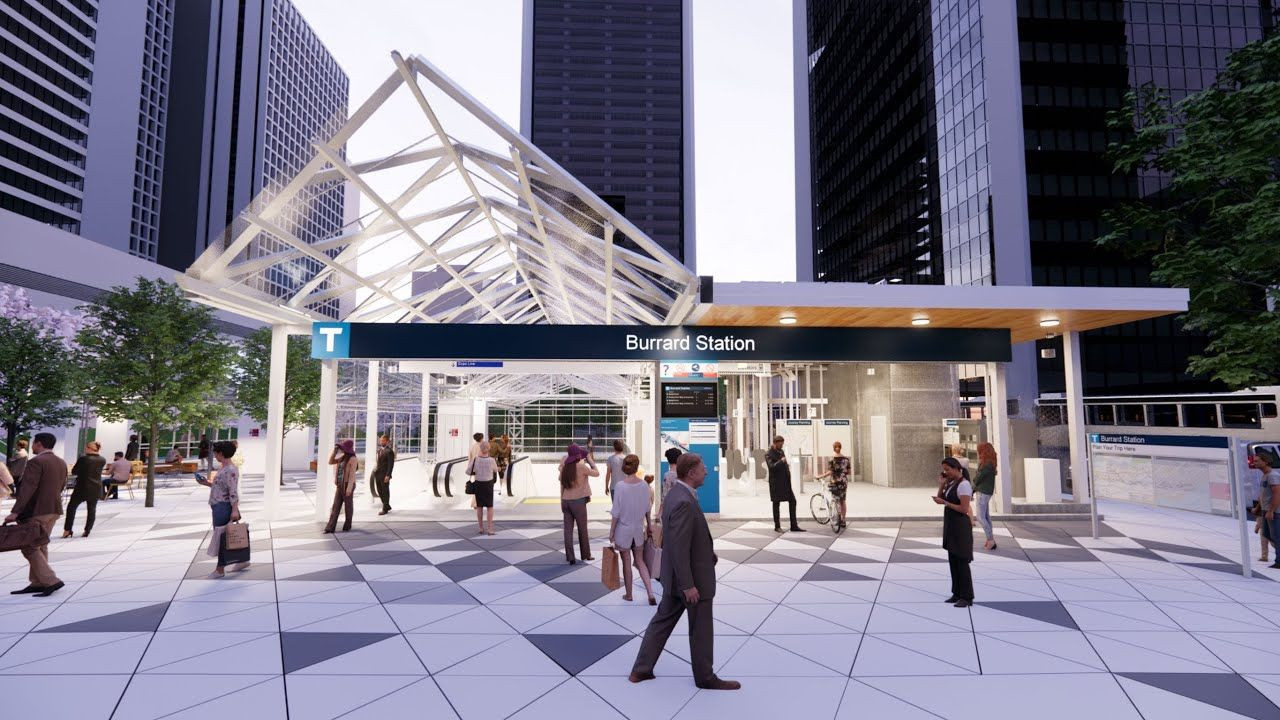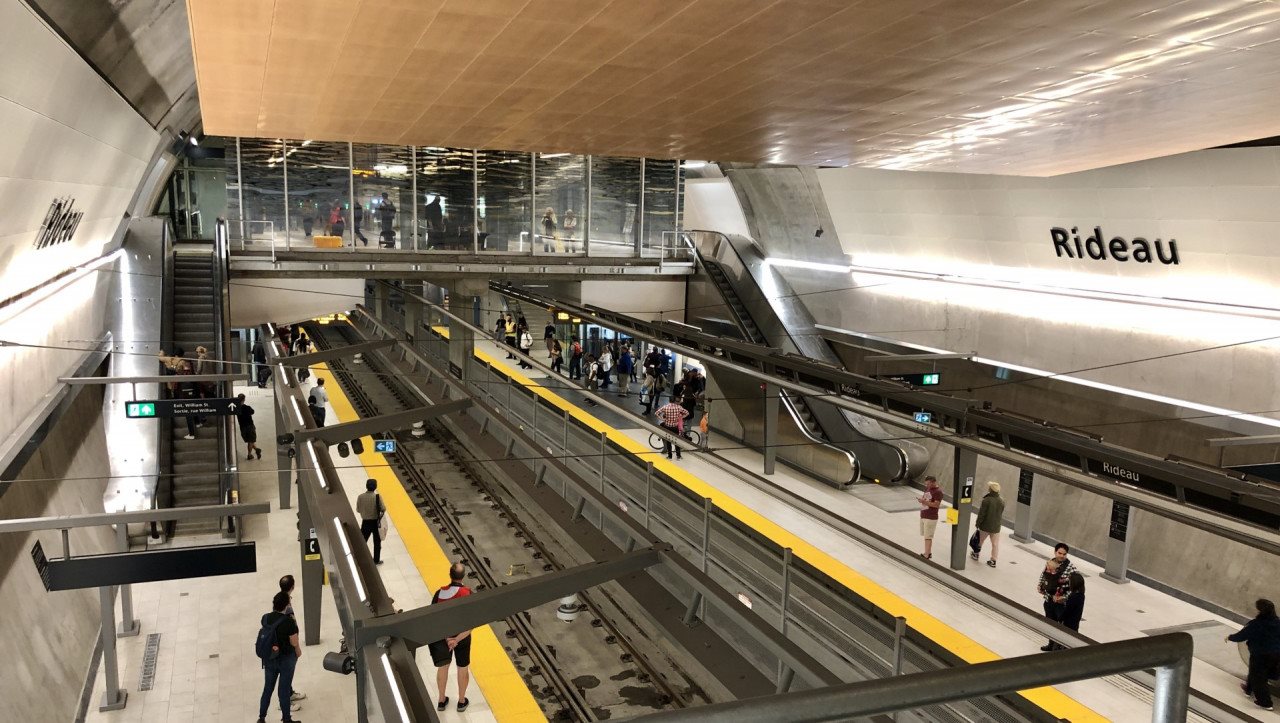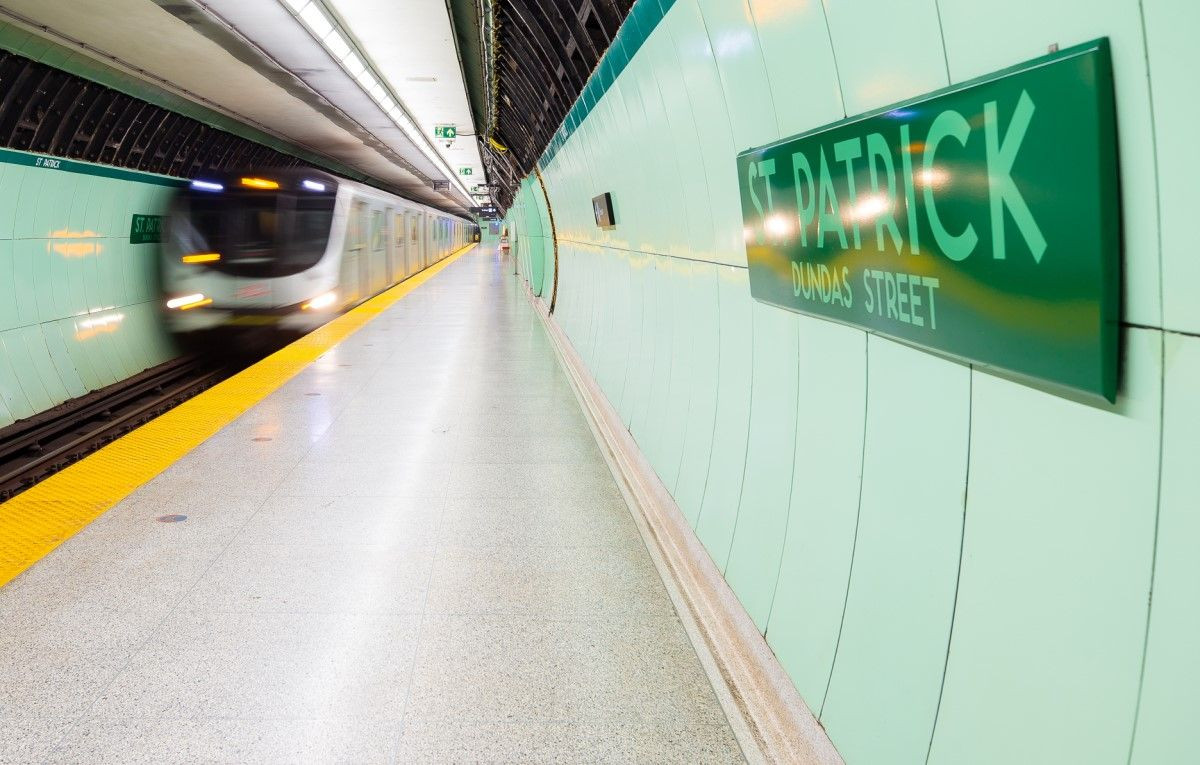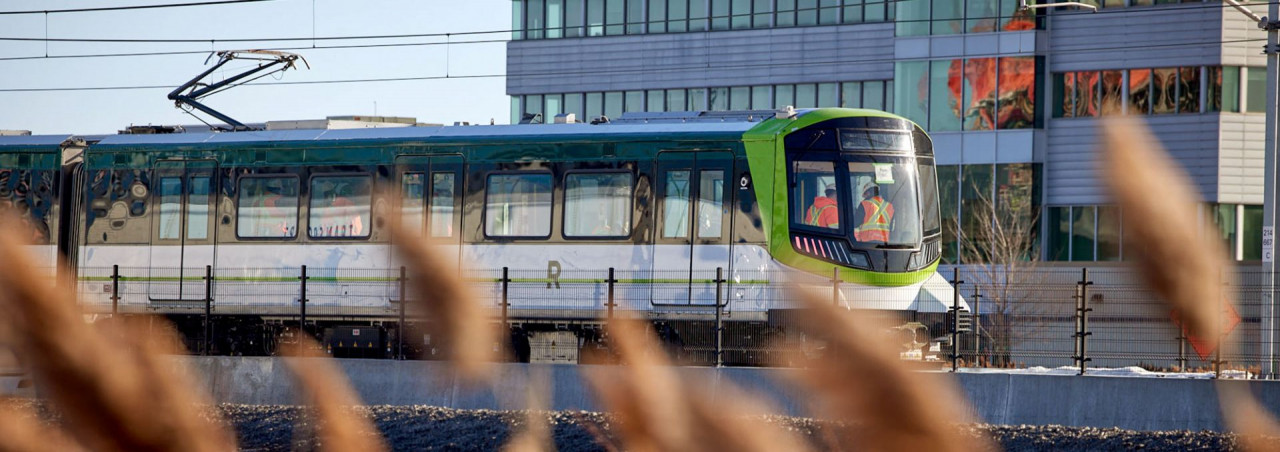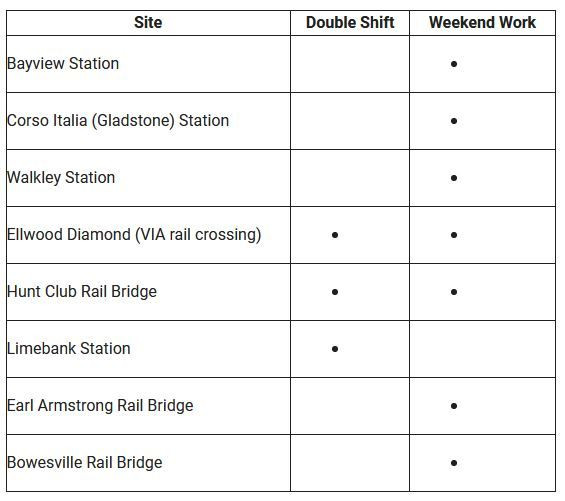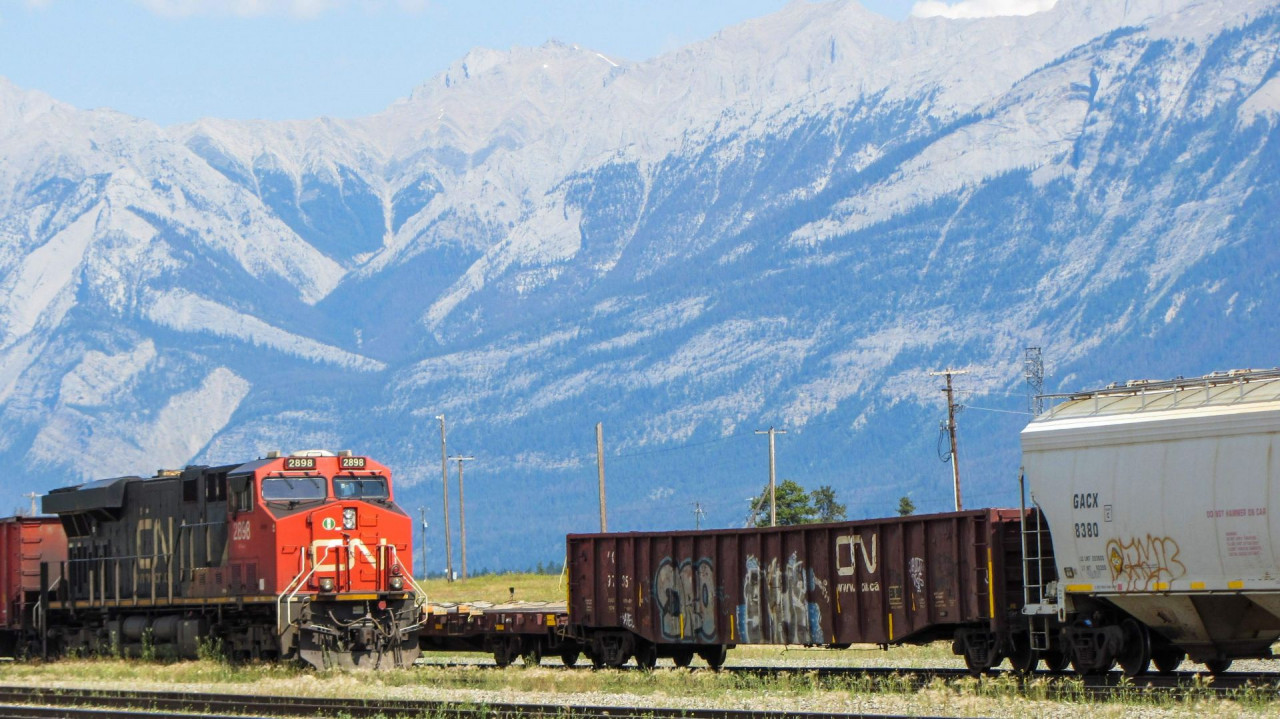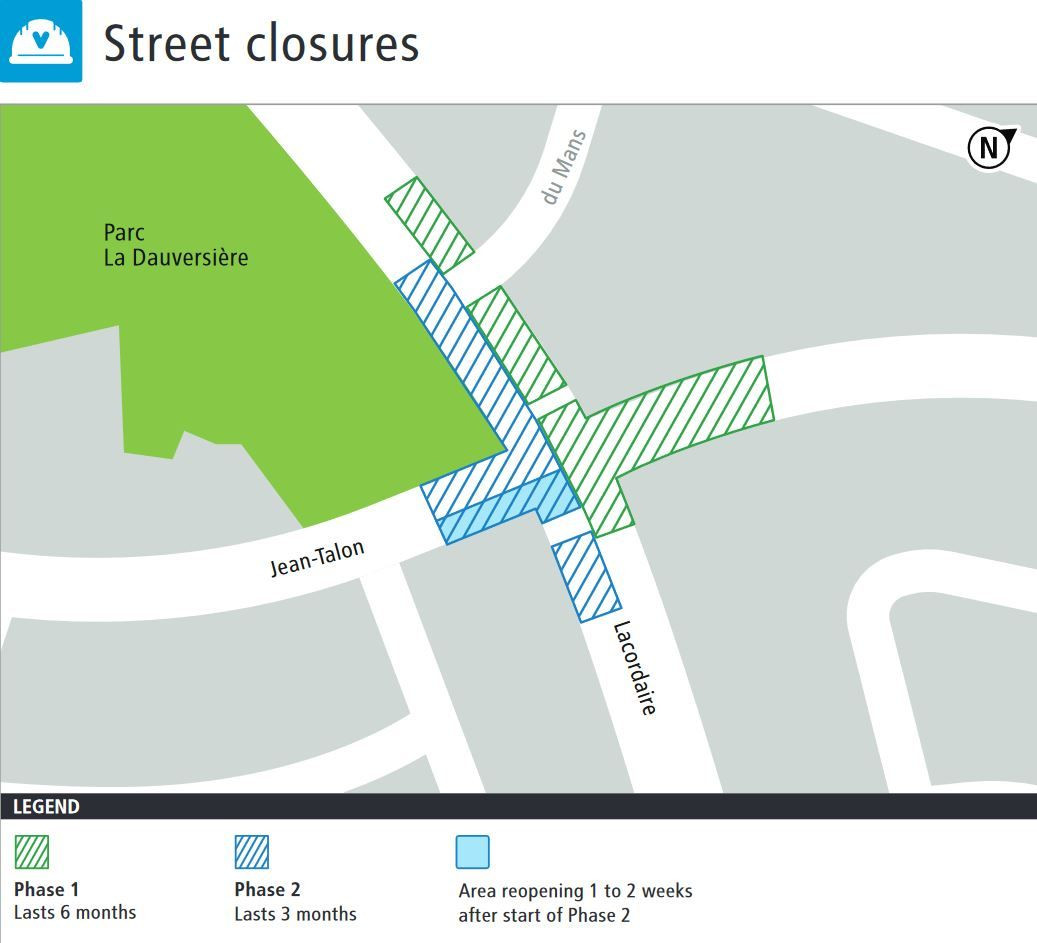The Government of Canada is committed to modernizing intercity passenger rail services in a way that will best meet the transportation needs of travellers, while also creating jobs and economic growth.
Today, the Minister of Transport, the Honourable Omar Alghabra, the President of the Treasury Board, the Honourable Jean-Yves Duclos, the Minister of Innovation, Science and Industry, the Honourable François-Philippe Champagne, Parliamentary Secretary to the Minister of Public Safety and Emergency Preparedness, Joël Lightbound, the Chief Executive Officer of the Canada Infrastructure Bank, Ehren Cory, the President and Chief Executive Officer of Via Rail, Cynthia Garneau and the Mayor of Quebec, Régis Labeaume, announced the Government of Canada is taking the first steps in preparing for the procurement process to build a new train service in the Toronto to Quebec City Corridor.
These steps include:
- Engaging Indigenous groups and communities to obtain feedback on the project.
- Engaging with the private sector to determine capacity, and seek perspectives on the best possible delivery model. The Government of Canada plans to finalize the delivery model and launch the process to select a private partner in the fall.
- Accelerating dialogue with partner railways to negotiate dedicated routes in and out of city centres.
The request for proposal for the procurement process is expected to launch in fall 2021.
The High Frequency Rail proposal in the Toronto to Quebec City Corridor involves building dedicated passenger rail tracks which would provide many key benefits to travellers, including:
- shorter travel times and faster trains that would reduce average trip times between Toronto and Ottawa by up to 90 minutes;
- more reliable on-time arrival performance up to 95 per cent from a current average of 67 per cent;
- more direct routes with improved connectivity between cities and to other modes of transportation;
- new services to certain communities, such as Peterborough, Trois-Rivières, and Laval, and new stations in targeted locations including near Jean Lesage Airport;
- more frequent departures between cities; and
- a cleaner travel option using electrified technology.
Working with VIA Rail, the High Frequency Rail proposal would be the largest transportation infrastructure project seen by Canada in decades, which is why the Government of Canada is doing its due diligence and undertaking a phased approach to put in place the right conditions to ensure the greatest amount of success for this project.
Quotes "Canadians deserve a fast and reliable train service. Today, we are taking the first steps in preparing for the procurement process to build a new train service in the Toronto to Quebec City Corridor. High Frequency Rail in the Toronto to Quebec City Corridor is a massive transportation project with the potential to transform passenger rail service by offering faster, more reliable, more frequent, and cleaner transportation service."
The Honourable Omar Alghabra
Minister of Transport
"Today's announcement on the start of preliminary work and new resources for the Joint Project Office brings us one step closer to accomplishing this important project for our city and our region. In a few years, thousands of commuters will opt for this way of travelling, rather than by car or by plane, as it will be faster, more reliable, economical and environmentally sustainable."
The Honourable Jean-Yves Duclos
President of the Treasury Board and Member of Parliament for Québec
"Today, we are taking an important step towards the creation of High Frequency Rail in the Toronto to Quebec City corridor. Our government has been working relentlessly to move this major project forward as quickly as possible. It will serve as new pillar for regional economic development, while supporting labour mobility and green mobility."
The Honourable François-Philippe Champagne
Minister of Innovation, Science and Industry
"Not only would High Frequency Rail in the Toronto to Quebec City Corridor provide a more convenient and greener travel option, but it would also help increase accessibility of our local businesses, create jobs and boost the economic growth in the Quebec region."
Joël Lightbound
Parliamentary Secretary to the Minister of Public Safety and Emergency Preparedness
"The Canada Infrastructure Bank is very pleased to continue our work related to the planning and procurement of enhanced passenger rail transportation in the Quebec City to Toronto corridor. We look forward to gaining further insight through market engagements with industry experts, rail-sector stakeholders and investors, as we collaborate with the Government of Canada on potential delivery models. We will bring our expertise in leveraging public, private and institutional investment to support the next steps to modernize intercity passenger rail."
Ehren Cory
CEO, Canada Infrastructure Bank
"Since proposing High Frequency Rail more than five years ago, VIA Rail has been working tirelessly to ensure it becomes a reality. We are thus pleased with the decisive steps that have been announced as it brings us closer to that objective and we look forward to continuing to work closely with the federal government as a strong partner in delivering High Frequency Rail. It's time to provide Canadians with a nation-building, growth-generating and environmentally friendly project which will transform the way present and future generations live and travel."
Cynthia Garneau
VIA Rail Canada President and Chief Executive Officer
"With our focus firmly fixed on sustainable development, Quebec City eagerly welcomes the Government of Canada's decision to launch VIA Rail's proposal for a High Frequency Rail project, which will connect Quebec City, Montreal, Ottawa and Toronto. In particular, this project will help contribute to environmentally sustainable economic recovery, while enhancing travellers' mobility and experience."
Mr. Régis Labeaume
The Mayor of Quebec
Quick facts - The Government of Canada has been working closely with VIA Rail and the Canada Infrastructure Bank to make significant progress in designing and planning an improved passenger rail service between Toronto and Quebec City that will deliver good value for taxpayers and better options for travellers.
- A dedicated passenger track would allow a travel speed up to 177-200 kilometers per hour (or 110-124 miles per hour), which could result in reduced travel times of up to 90 minutes on some routes, such as Ottawa to Toronto.
- It is expected that High Frequency Rail could nearly triple the amount of annual trips taken by rail in the Toronto to Quebec City Corridor, rising from 4.8 million in 2019, to a projected 17 million by 2059.
